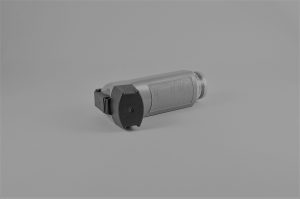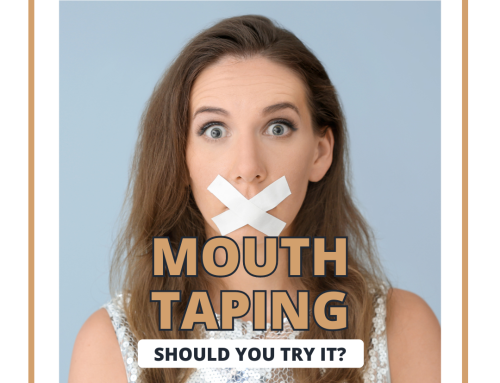For those diagnosed with a chronic lung condition such as asthma or COPD one of the first steps for treatment is prescribing an inhaler. It’s the most common and effective means of taking the medication to alleviate symptoms, because you breathe it directly into the area affected. Using an inhaler makes it much easier to control the symptoms of your respiratory condition.
When you use your preventer inhaler correctly and regularly, there are so many positive benefits that you may notice immediately: you may find it easier to cope with what triggers the breathing problems (whether it be exposure to pollution or pets, cold weather, dust, or pollen); daily tasks like climbing stairs can become easier; your quality of sleep will improve as you won’t be coughing at night; taking part in exercise and family activities may be less daunting. It also has a huge impact on reducing the risk of you suffering an asthma attack.

But some studies have indicated that many people – it could be as many as 80-90% – aren’t using their inhalers correctly. This is a big deal because it means that they aren’t taking in the correct dose of medication, if any at all, which can be very dangerous to their health. What makes things even more complicated is that more and more devices are now available, the range of which does mean there’s greater choice but there’s also an increased need for medical professionals to keep up to date with them all, and know how to use them properly.
In a nutshell there are two main types of inhaler: Pressurised, metered dose inhalers (MDIs) that deliver the medicine in a spray form, and dry powder inhalers (DPIs) that release the medicine in very fine powdered form that comes from a reservoir or a capsule inside the device. You need to inhale quite deeply with these ones to get the medicine into your lungs properly.
As a starting point you can follow this checklist to make sure you’re using your inhaler correctly:
-
don’t slouch! It means you’ll be able to breathe in more deeply and you’ll have more power when you breathe out.
-
make sure your head is in the right position. Too far forward or back will mean there isn’t a direct path for the medicine to reach your airways.
-
ensure your inhaler is aimed correctly towards the back of your throat and not to the roof of your mouth or tongue.
-
breathe out fully before you use your inhaler. This ensures you can get a full deep breath in to deliver the medication all the way in to your lungs.
-
hold your breath for 5-10 seconds after you’ve used your inhaler. This allows the medicine to travel into your lungs effectively before you breathe out.




